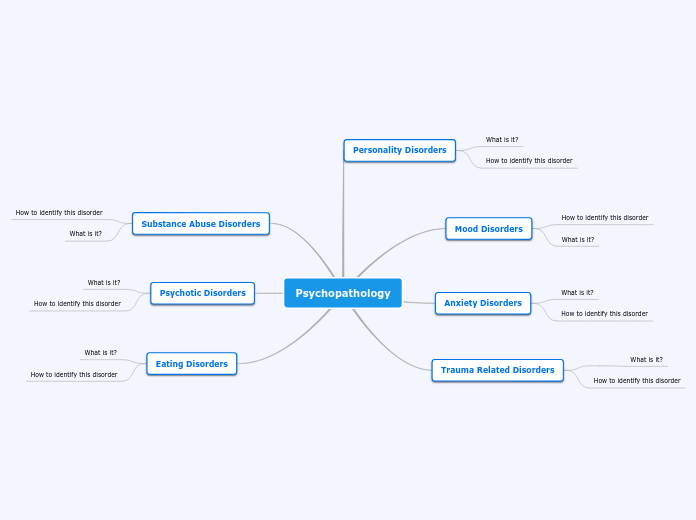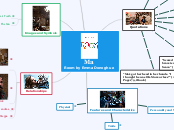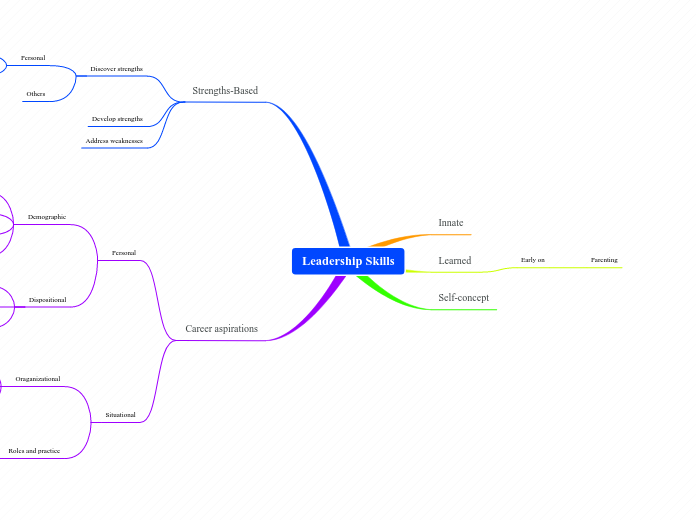por Kathleen Lynn Roche 3 anos atrás
154
Special Education and Mental Health
Educators should recognize the diverse manifestations of autism and approach communication with autistic students without placing undue blame on them for misunderstandings. Maintaining high expectations while providing a stable and routine environment can significantly support these students.









